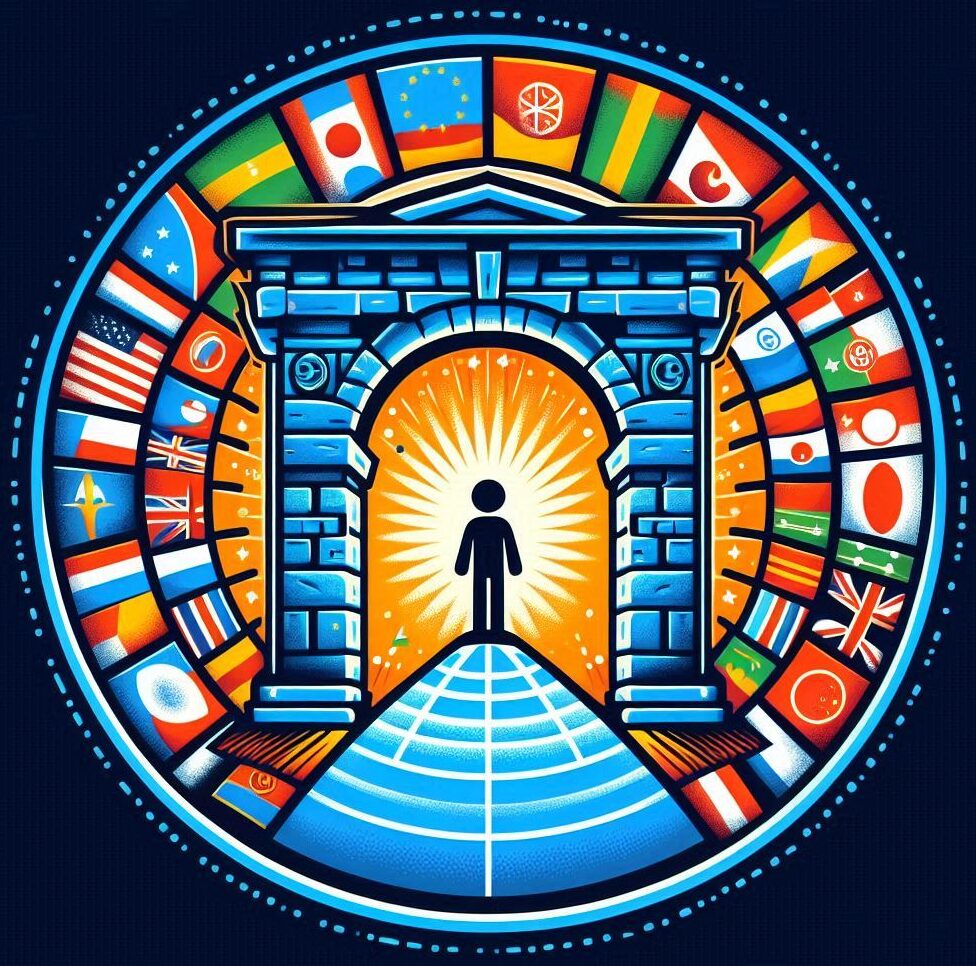
Culture isn’t just about food, festivals, or traditions; it’s the underlying fabric that shapes our worldviews and interactions. Language, on the other hand, serves as the medium through which we express these cultural nuances. Without culture, language would lack meaning and context, turning into empty words.
Imagine visiting a foreign country where you don’t speak the language. Even if you learn a few basic phrases, you might still struggle to understand local idioms or jokes. This happens because those phrases are deeply rooted in the local culture. Simply put, words are more than just vocabulary—they carry histories, beliefs, and collective experiences.
Understanding cultural context is crucial for meaningful communication. Think about sarcasm, which English speakers often use. Without knowing the cultural context, interpreting sarcastic remarks can be challenging and even lead to confusion or misunderstandings.
Culture and language are a two-way street. While culture shapes the way we use words, language also influences our culture. For instance, the Inuit people have numerous words for snow. This isn’t just a quirky trait; it’s a reflection of their environment and lifestyle. Conversely, the way we speak and the words we choose can shape our perceptions and social behaviors.
So, when discussing language, it’s essential to consider the cultural backdrop. Whether you’re learning a new language or refining your native tongue, remember that understanding the culture is key to mastering the language itself.
How Culture Shapes Language Use and Vocabulary
Social norms and values play a huge role in how we communicate. Ever noticed how different generations use slang? Younger people have their own terms, influenced by current trends and pop culture. While older generations might stick to more traditional language, reflecting the values and norms of their time.
Cultural phrases and idioms are another great example. In one culture, saying “break a leg” means good luck, while in another, it might be taken literally. These phrases carry the essence of cultural beliefs and practices, and understanding them can open doors to deeper communication.
Heritage and traditions also significantly impact word choice. Think about how holidays and rituals influence the words we use. During Christmas, terms like ‘jolly,’ ‘festive,’ and ‘merry’ become more common, reflecting the cultural essence of the season. These words wouldn’t have the same impact outside their cultural context.
So, how does culture influence your language usage or choice of words? It’s about the environment you grew up in, the social circles you move in, and the historical context surrounding you. Your everyday language is a blend of these factors, shaping how you express thoughts and emotions.
The Role of Culture in Language Development
Language isn’t static; it evolves, and culture is a major driver of this evolution. Historical events, migrations, and cultural exchanges have continuously shaped languages. Consider English—it’s a melting pot of influences from Latin, French, Germanic languages, and more. Every historical phase left a linguistic footprint, transforming English into what it is today.
Literature, art, and media serve as cultural mirrors, influencing and shaping language. Shakespeare’s plays, for example, introduced numerous words and phrases that are still in use. Modern media, from movies to social media, continues to introduce slang and new terms, reflecting current cultural dynamics.
Language development varies widely across cultures. Take Mandarin and Spanish; while both are complex, their evolutions were influenced by different histories and cultural contexts. The tonal nature of Mandarin reflects its cultural emphasis on musicality and nuance, while Spanish, with its roots in Latin, carries the heritage of ancient civilizations and colonial expansions.
So why does culture have such an impact on language development? It’s because language is a tool for communication, and communication is rooted in cultural context. As societies evolve, so do their languages, adapting to new realities, technologies, and social norms.
Understanding the role of culture in language development isn’t just an academic exercise; it’s practical. When learning a new language, diving into its cultural background can enhance comprehension and fluency. It also fosters empathy and cross-cultural understanding, essential skills in our globalized world.
Cultural Influences on the English Language
The English language, being one of the most spoken languages globally, is a prime example of how culture influences language. Globalization has played a significant role in shaping modern English by incorporating words and phrases from various cultures. Think about terms like ‘sushi,’ ‘taco,’ or ‘yoga,’ which have seamlessly entered the English lexicon due to cultural exchanges.
Regional variations in English usage further highlight cultural impacts. British English, American English, and Australian English, despite sharing a common root, have distinct differences. These variations reflect regional histories, local customs, and even climate. Terms like ‘boot’ for ‘trunk’ in the UK or ‘thong’ for ‘flip-flop’ in Australia are culturally rooted, adding unique flavors to the language.
Cultural phrases often stem from societal changes and technological advancements. For example, the phrase ‘Google it’ has become ubiquitous, reflecting the tech-driven culture of today. Similarly, phrases like ‘selfie’ and ‘binge-watching’ emerged from modern social practices. These additions showcase how culture continually molds language to fit new realities.
When it comes to cultural influences on language, understanding regional slang and colloquial expressions can be a game-changer. It’s not just about speaking correctly; it’s about connecting with people on a deeper level. Whether you’re traveling, working internationally, or just expanding your horizons, grasping cultural nuances in language is invaluable.

